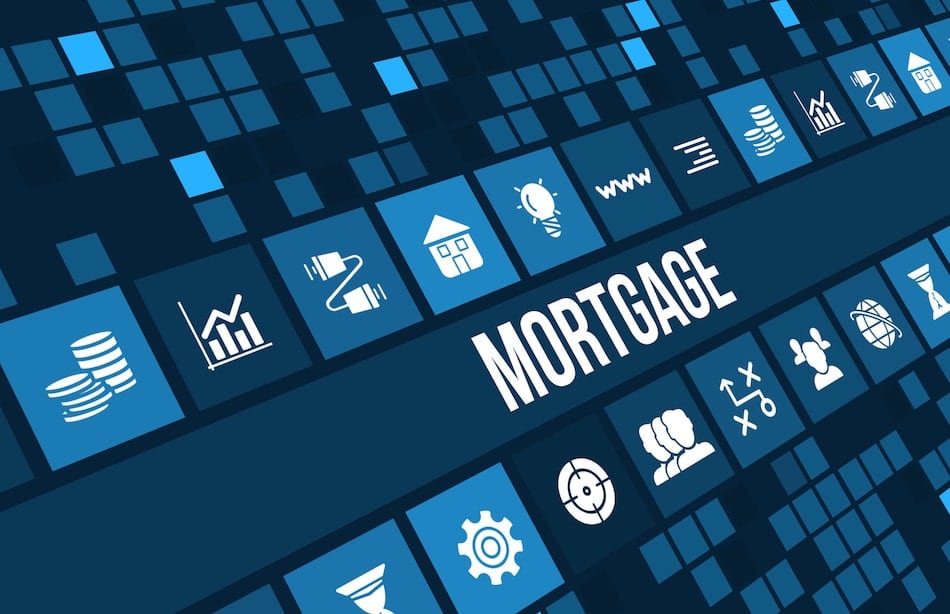
Home Buying: What Affects My Mortgage Interest Rate?
 When people go shopping for a new home, they tend to pay a lot of attention to the cost of the home and ways to save money on their offer. If they spend as much time researching the interest rate they get for their mortgage loans, they also stand to save thousands. With this guide, you can understand the factors surrounding mortgage interest rates, how the rate determines monthly payments, and ways you could potentially lower your interest rate before closing on the loan.
When people go shopping for a new home, they tend to pay a lot of attention to the cost of the home and ways to save money on their offer. If they spend as much time researching the interest rate they get for their mortgage loans, they also stand to save thousands. With this guide, you can understand the factors surrounding mortgage interest rates, how the rate determines monthly payments, and ways you could potentially lower your interest rate before closing on the loan.
How Are Mortgage Rates Determined?
Mortgage interest rates are always on the rise or decline, and these interest rate factors mean rates can change from week to week. This constant fluctuation relates largely to a balance between inflation and growth.
When growth is fast and home prices are skyrocketing, lenders often raise their interest rates to ensure that the value of the interest they collect is not lost to inflation. Or, as they did during the recent economic recession, banks may lower interest rates to engage buyers. Although lenders can set almost any interest rate they like for a typical borrower, competition in the market generally demands that they keep their rates reasonable.
How does the Federal Reserve Affect Interest Rates?
Many home buyers find themselves asking, “What factors determine interest rates?” Many factors affect the average mortgage interest rates available today, and not all of them are directly tied to mortgage financing or to the housing market. One of the most direct influencing factors is the current rate for funds from the Federal Reserve. Banks borrow funds from the Fed to provide a short-term amount of money at a low interest rate. If this rate goes up, mortgage interest rates usually go up as well.
The Fed raised funds rates by a small margin in December 2015, after dropping rates at or near zero during the economic crisis of 2007-2008. Although many experts predicted that the Fed’s increase would lead to a serious increase in mortgage interest rates, they have generally stayed below 4 percent for a 30-year fixed-rate loan.
What Will My Mortgage Interest Rate Be?
All homeowners should know how mortgage interest rates are determined. Typical mortgage interest rates do not necessarily indicate what kind of interest rate you can expect. The national average rates do affect the type of rate you could get, but many personal factors also determine the rate a specific bank or lender would offer you. The type of loan also makes a difference. There are a few common types of mortgage loans, including:
- fixed-rate loans
- adjustable-rate mortgages
- refinance loans
As shown by the name, fixed-rate loans are mortgage loans with a fixed rate and a specified length, which is typically 15 or 30 years. Adjustable-rate mortgages denote loans with a fixed rate for a short period at the beginning of the loan (e.g. 2 or 5 years), after which the interest rate becomes variable. If you have an existing mortgage and wish to refinance it, you could change the type of loan you have to one with terms you find preferable.
Adjustable and Fixed Rate Mortgages
When picking a mortgage, home buyers will find that there are two major types: adjustable and fixed rate mortgages. It’s important for home buyers to know the difference between the two as they both give homeowners different advantages and disadvantages.
Fixed Rate Mortgages
- Rates and payments will be consistent regardless of the state of the economy.
- Consistent rates make it easier for homeowners to budget their money.
- More straight-forward than adjustable rate mortgages and easier for buyers to understand.
- In order to get a lower mortgage rate, homeowners have to refinance their loan.
- Can’t be customized to suit individual buyers like adjustable rate mortgages can.
Adjustable Rate Mortgages
- Often have lower rates and payments, which allow buyers to purchase a bigger homes.
- Lets buyers get lower rates without forcing them to refinance the loan.
- Can be a good choice for home buyers who don’t plan on owning the home long-term.
- Rates can potentially rise as well as fall.
- It’s possible for payments to be so low that buyers end up owing more money than they did at closing because the payments don’t cover the interest rates. This is called a negative amortization loan.
Both types of mortgages have good aspects and bad, so it’s up to buyers to look into both and pick the one that fits their personal situation best.
Could My Mortgage Interest Rate Change?

There are a few ways that your mortgage interest rate could change, depending on the loan’s terms and what happens over the course of the loan.
Adjustable-rate mortgages can change every six months or every year (depending on the terms of the loan). If you have a fixed-rate loan, the interest rate will not change for the full duration of the loan.
People who refinance their mortgages should aim to refinance when the interest rate will be low enough to justify the cost of the mortgage closing costs, as well as the time spent investigating and processing the loan. Many people who refinance a loan after living in a home for many years alter the term from 30 to 15 years, which may increase the monthly payment but usually offers a lower interest rate.
How Does My Interest Rate Determine Monthly Payments?
The interest rate listed for the loan is an annual percentage rate (APR) of interest you pay on the principal balance you owe on the loan. The APR is divided up into equal installments. Each month, you are charged interest on the current principal, which are combined to make your monthly payment.
For a fixed-rate loan, the monthly payment is determined by the amount needed to pay off the loan in the specified length of the loan, assuming a certain interest rate. Your interest rate can significantly affect the minimum amount you are required to pay. For example, on a 30-year fixed-rate mortgage, a loan of $190,000 with a $10,000 down payment and a 3.5 percent interest rate has a payment of $853 per month. At 4 percent for the same loan, you would have to pay $907 a month, $54 a month more.
What Can I Do to Lower My Mortgage Interest Rate?
Since the rate that borrowers receive for a fixed-rate loan remains the same, it is important that you do whatever you can to secure the best interest rate in the first place. Before applying for a mortgage, do the following to make sure your credit is in top condition:
- check credit and correct any errors
- maintain a solid repayment history
- pay down debt on revolving accounts like credit cards
- save money for a down payment
These tasks do not automatically translate into a specific lowering of your rate, but they help to prove to the lender that you are a low-risk borrower, which usually translates into lower rates. Additionally, during the loan application process, you can pay to lower the interest rate using discount points. When you pay down a point, it lowers the interest rate by 0.25 percent. Every discount point you pay represents 1 percent of your mortgage. Over the course of a 30-year loan, this could create significant long-term savings.
The interest rate you might get for your mortgage is based on many different factors, some of which have nothing to do with you or even the housing industry in general. However, understanding the effect that the Fed has on mortgage interest rates, as well as current trends in the housing market, helps you to target the best time to get a mortgage loan or refinance an existing one. Armed with this information, you can shop for a loan that best meets your needs.



